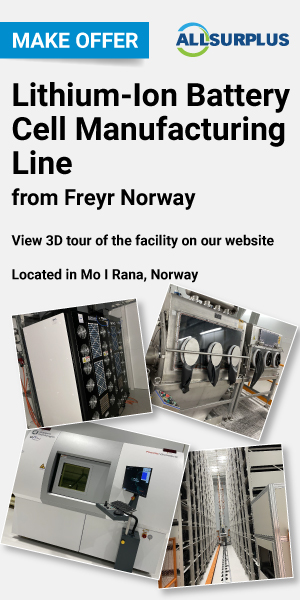Can magnetic forces improve battery performance? According to Professor Robert O'Brien they certainly can!
Several papers have been published in refereed journals by academics (including myself), notably Professor Tom Fahidy of the Chemical Engineering Department of Waterloo University, Canada, in which magnetising a battery's electrodes or current collectors has been shown to increase conductivity. This translates directly into battery performance—if the battery does not conduct electrolytic currents easily then it is useless, because you then cannot discharge it (or charge it, assuming it was built as a rechargeable battery).
If we define battery . . .
to continue reading this article...
Sign up to any Premium subscription to continue reading
To read this article, and get access to all the Premium content on bestmag.co.uk, sign up for a Premium subscription.
view subscription optionsAlready Subscribed? Log In












